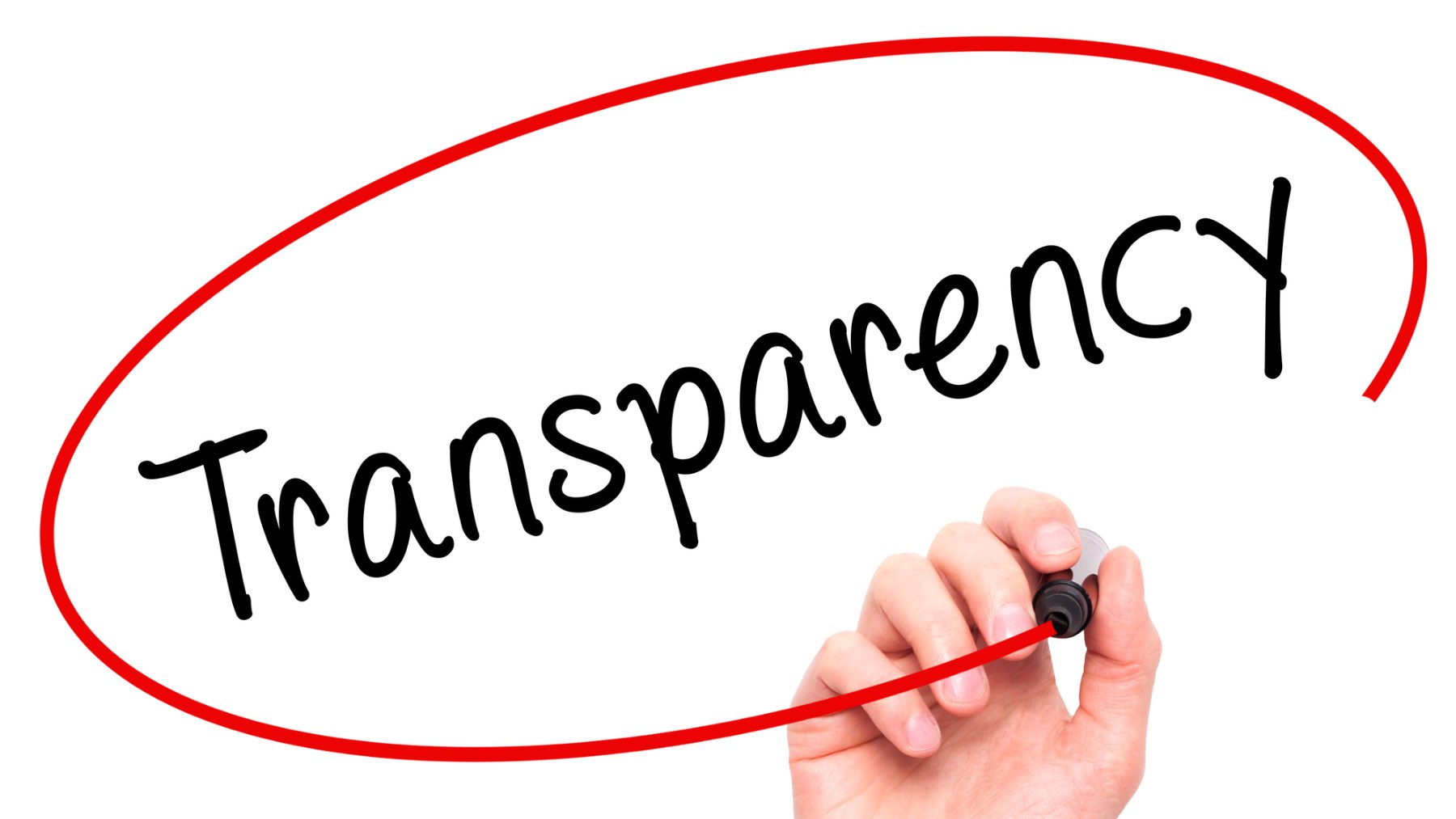That driving force behind visibility is Voyeurgasm, the “I like to watch” Ubertrend. Voyeurgasm has brought the world bystander recordings, YouTube, reality TV shows, Celebrity Worship Syndrome…and transparency, all phenomena that inject visibility into everything we do or see.
Here’s how transparency is entering the mainstream:
- Auto repairs – Having a car repaired today often involves a mechanic taking a video while inspecting the car, giving owners visibility into the repair process. It’s a relatively new phenomenon, but someday every auto repair shop will do it.
- Deliveries – Amazon.com introduced the concept of taking photos of your delivered packages. Flower delivery shops in the Netherlands have been taking pictures of flower deliveries for over a decade now. While FedEx and UPS have yet to adopt this practice, the writing is on the wall because 90% of customers want realtime order visibility and updates.
- U.S. mail – The U.S. Postal Service scans all your mail and sends an image on the morning of delivery so you can get visibility into your arriving mail.
Voyeurgasm and transparency will shape-shift the world in the near future, but it’s already impacting less-obvious areas. Heightened visibility is reshaping crime, social media, architecture, and much more.
Crime Rate
The U.S. crime rate has plunged dramatically over the past 25 years. Both the FBI and Bureau of Justice Statistics data show dramatic declines in violent and property crime rates since the early 1990s, when crime spiked across much of the nation. According to FBI data, violent crime fell 49% between 1993 and 2022, with large decreases in robbery rates (-74%), aggravated assault (-39%) and murder/nonnegligent manslaughter (-34%). FBI data also shows a 59% reduction in the U.S. property crime rate, with big declines in the rates of burglary (-75%), larceny/theft (-54%) and motor vehicle theft (-53%).
Many theories have been advanced, but no explanation is widely accepted. Yet it’s quite evident that technological advances, including burglar alarms, computers, the internet, nationwide crime databases, wireless surveillance cameras and DNA profiling, have deterred crime. Amazon has used video of suspected thieves to help promote its Ring doorbell camera brand.
Another factor is social media, which has turned the world into a glass box, where actions and behaviors are constantly visible and scrutinized. Nothing escapes the social media posse. In China, offenders are quickly tracked down by online vigilantes. In the U.S., 40% of police use social media to monitor special events. This LexisNexis study (PDF) was conducted in 2014, so current usage is sure to be higher.
This type of transparency has profound implications for personal privacy, corporate accountability, and social interactions. Users and companies alike are held to higher standards of transparency and authenticity, as any discrepancy can be quickly exposed and shared widely.
Architecture
The glass box impact is rippling through modern architecture, which has embraced transparency through the extensive use of glass. This trend is evident in the design of buildings with large glass curtain walls and structural glass spans, which create a sense of openness and connection with the environment.
These designs not only enhance aesthetic appeal but also improve energy efficiency by maximizing natural light and reducing the need for artificial lighting. Glass walls are also being used in residential spaces to separate rooms while allowing light to flow freely, creating a modern and spacious feel.
 Architects have embraced transparency. Glass walls are used in residential spaces to separate rooms while allowing light to flow freely, creating a modern and spacious feel.
Architects have embraced transparency. Glass walls are used in residential spaces to separate rooms while allowing light to flow freely, creating a modern and spacious feel.
The benefits of using glass in architecture include:
- Natural light – Increases luminosity, reducing the need for artificial lighting.
- Energy efficiency – Thicker glass can absorb heat and reduce solar radiation, contributing to energy savings.
- Aesthetic appeal – Provides clean lines and modern designs.
- Sustainability – Meets LEED requirements and supports sustainable building practices.
Blockchain Technology
Blockchain is revolutionizing supply chain management by providing a transparent and immutable record of transactions. This technology enhances traceability, improves partner coordination, and streamlines the financing process. By enabling faster and more cost-efficient delivery of products, blockchain helps identify and address issues like faulty products more effectively.
The benefits of blockchain in supply chains are many:
- Traceability – Allows for tracking the origin and journey of products.
- Efficiency – Reduces delivery times and costs.
- Coordination – Enhances collaboration among supply chain partners.
- Security – Prevents the introduction of counterfeit or contaminated products.
Blockchain will bring greater transparency to the supply chain, encouraging more ethical behavior and ensuring a product’s authenticity. Smart contracts will help combat fraud, and third-party verification will speed up transactions and reduce costs.
As the world becomes increasingly opaque, the demand for transparency will grow. Consumers expect brands to be open, with 86% of Americans viewing transparency as more critical than ever. Brands that prioritize transparency build long-term trust, with 90% of people willing to give second chances and 85% more likely to stay loyal during crises.
While technology offers tools for transparency, it also enhances privacy (see 01. Privacy), complicating the landscape. The 2007 financial crisis highlighted the dangers of opacity, but advanced technologies like AI and 4K surveillance could usher in a new era of visibility, albeit likely triggered by another crisis. Society wants more visibility. Voyeurgasm will provide an eyeful.
Ubertrend: Voyeurgasm


